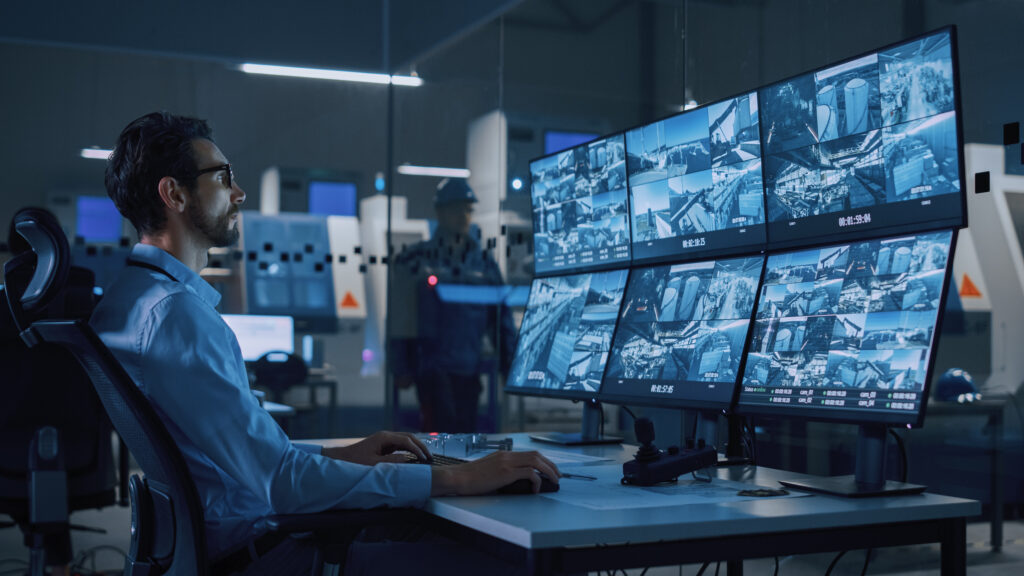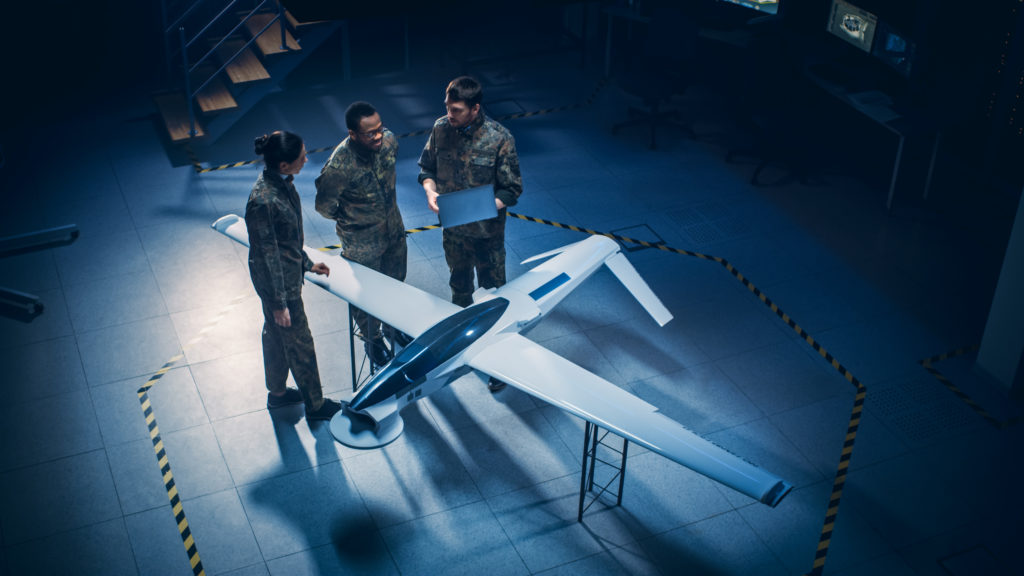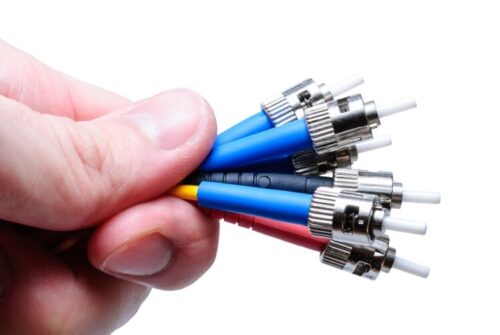As demands for data continue to grow at an exponential rate, traditional copper-based connectivity is struggling to keep pace. The rise of cloud computing, AI-driven applications, 4K and 8K video, and the Internet of Things (IoT) requires faster, more reliable, and energy-efficient transmission solutions. Optical connectivity, utilizing fiber-optic technology, has emerged as the superior choice for modern networking, offering unparalleled performance, reliability, and scalability. For example, a typical 10 Gbps copper Ethernet link (such as Cat 6A) over 100 meters can consume approximately 5 to 8+ watts per port, while an equivalent fiber-optic link consumes less than 1 watt. This article explores why fiber optics is surpassing copper as the backbone of high-performance networks.
The Physics Behind the Performance of Optics vs. Copper
Copper cables transmit data using electrical signals, while fiber-optic cables use light to carry information. This fundamental difference results in several advantages for fiber optics:
- Attenuation and Signal Loss: Copper cables suffer from significant signal degradation over distance due to resistance and electromagnetic interference (EMI). Even with shielded twisted pair (STP) cables, interference from other electrical sources remains a challenge. In contrast, fiber optics have significantly lower attenuation, enabling data transmission over 100’s of meters with multimode fiber and kilometers with single mode fiber without the need for repeaters.
- Bandwidth and Speed: Copper cables, such as Cat 6A and Cat 7, are limited in data rates and transmission distances. While they can achieve 10 Gbps over short distances (typically 100 meters or less), fiber optics can transmit speeds of 100 Gbps and beyond over distances of 100 meters using multimode fiber and 10 kilometers using single mode fiber, making them ideal for data centers, high-performance computing (HPC), and telecommunication infrastructure. For high definition video, the distances are even shorter for copper, with 8K video transmission being limited to just a few meters over copper, whereas fiber solutions can support 100 meters or more.
- Crosstalk and Electromagnetic Interference (EMI): Copper wiring is susceptible to crosstalk and external EMI, which can degrade signal quality and require additional shielding. Optical fibers, being non-metallic, are immune to EMI, ensuring stable and secure transmissions in environments with high electrical noise, such as industrial automation and military applications.
Industry Use Cases for Optical Connectivity
Optical fiber has become the standard for high-performance networking across multiple industries. Some key applications include:
- Data Centers: The increasing demand for cloud computing and hyperscale data centers has pushed the need for high-bandwidth, low-latency interconnects. Fiber optics enable high-speed connectivity between servers, storage systems, and network switches, reducing congestion and improving overall efficiency.
- Aerospace and Defense: Optical fiber’s resilience to extreme temperatures, radiation, and EMI makes it well-suited for military avionics, satellite communications, and secure data transmission in combat environments.
- Medical Imaging and Healthcare: Fiber optics play a crucial role in modern healthcare, enabling real-time, high-resolution imaging in endoscopy, MRI, and robotic-assisted surgery. The high bandwidth and EMI immunity of fiber ensure accurate and uninterrupted data transmission.



Sustainability and Long-Term Viability
With increasing concerns about energy efficiency and environmental sustainability, fiber optics offer significant advantages over copper in terms of power consumption and longevity.
- Energy Efficiency: Copper cables require active components such as repeaters and signal boosters to maintain performance over long distances. Fiber optics, on the other hand, exhibit lower power consumption per bit transmitted, reducing operational costs for data centers and enterprise networks.
- Reduced Cooling Requirements: Copper-based systems generate more heat due to electrical resistance, necessitating additional cooling infrastructure. Optical fiber eliminates this issue, contributing to lower cooling costs and improved system efficiency.
- Durability and Lifespan: While copper cables degrade over time due to oxidation and physical wear, fiber-optic cables have a much longer operational lifespan, requiring less frequent replacement and reducing long-term maintenance costs.
Conclusion
As the need for higher data rates, lower latency, and greater reliability continues to rise, the limitations of copper connectivity are becoming increasingly apparent. Optical fiber offers superior performance, resilience, and scalability, making it the preferred choice for future-proof network infrastructure. Organizations investing in fiber-optic technology today are positioning themselves for long-term success, ensuring their networks can handle the demands of tomorrow’s digital landscape.
